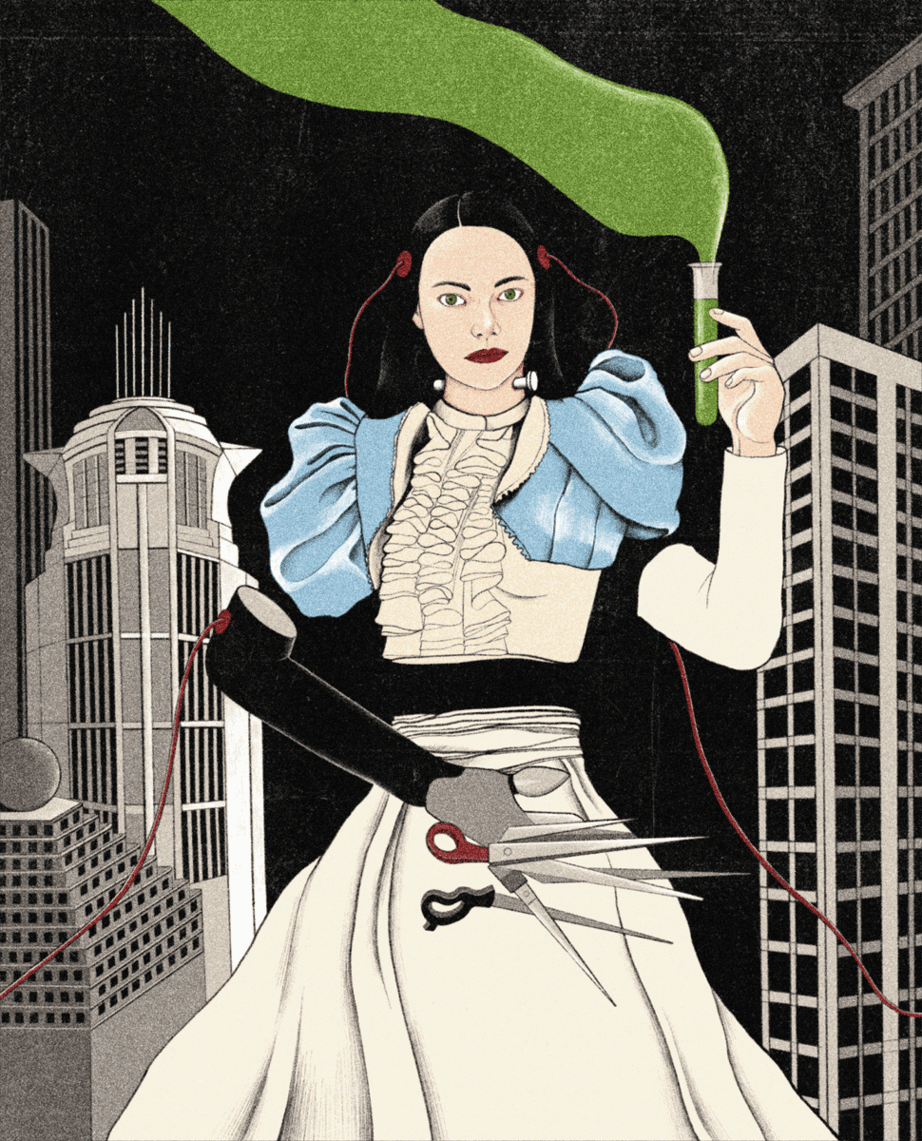‘The Casebook of Victor Frankenstein’ by Peter Ackroyd
First, a confession: I am Victor Frankenstein. Not the Victor Frankenstein, of course, who was, after all, not a real person but a literary invention from the mind of Mary Shelley. As the godmother of Gothic horror, Shelley conjured a scientist who dared to play God and gave life to a creature who would become a worldwide cultural artifact.
Shelley’s novel also gave all scientists, novelists and even the Almighty something to think about: What mysterious alchemy drives the spark of creation, and what are the consequences when the life given goes awry and cannot be undone?
This is the central theme of Peter Ackroyd’s latest novel, “The Casebook of Victor Frankenstein.”
Ackroyd, a biographer and novelist who is at his best when he reanimates the historical figures of London’s past and transforms them into his own fictional characters, has a splendid time imagining Mary Shelley and her husband, the Romantic poet Percy Bysshe Shelley, along with Lord Byron, the poet rock star of his age, befriending a melancholy Swiss scientist named Victor Frankenstein.
In a novel in which even Coleridge has a cameo, Frankenstein is the only true fictional major player. In Ackroyd’s imagination, Frankenstein is more than just slumming in Mary Shelley’s head; he’s doubling down on the entire doppelgänger motif. Despite being surrounded by such literary flamboyance -- indeed, the holy trinity of British Romanticism -- this Frankenstein is no slouch when it comes to his own creative ambitions.
The novel, part mystery, part polemic on the life force of the imagination, is a reminder that novelists are in the monster-making business -- even those who failed chemistry in high school. Starting with a blank page (or screen) and the hubris of Prometheus, the novelist might as well be wearing a lab coat or snacking on the Tree of Knowledge in the Garden of Eden.
Ackroyd’s Victor Frankenstein has a secret that can’t be shared in polite company.
“I had taken my stand outside the range of God’s creation. I had usurped the Creator himself,” he says.
Meanwhile, the Shelleys and Lord Byron -- all of them high-strung, emotionally complex and wildly narcissistic -- are one big bang away from creating their own new worlds. Rare is the scientist who animates life; novelists, meanwhile, can strike lightning before lunch.
Indeed, this fast-paced, most readable novel is charged with electricity and enchanting mischief. The Shelleys and Lord Byron, along with the last’s physician, John William Polidori, did, in fact, spend a summer in Geneva, where they ventured from the literary to the creepy.
Bored by the foul weather, they shared ghost stories, thoughts about galvanism and the bringing of dead matter back to life. Lord Byron challenged his friends to each write a supernatural tale. Mary Shelley penned “Frankenstein”; the boys were not nearly as successful.
But in Ackroyd’s retelling, the same scene includes one more houseguest: Victor Frankenstein, who had already created the very monster that Mary Shelley imagined. In the original novel Frankenstein is loosely based not on an actual scientist, but on Mary Shelley’s poet husband. In Ackroyd’s novel, Mary Shelley is inspired by an actual monster lurking outside her window and the wallflower scientist who might just be the most creative one of the bunch.
Of course, Ackroyd, in giving Mary Shelley yet another inspiration for her story, does not neglect the medieval tale that, in fact, gave literary shape to her nightmares. Dr. Polidori is here introduced as both Czech and Jewish, which qualifies him to remind Victor Frankenstein that the Golem is the template for all experiments in creating life that wind up running amok.
Mary Shelley, of course, did not need such a reminder. She was fully aware of the folkloric legend of how the Maharal of Prague created a man out of clay to defend the Jews against torment.
In fact, in contrast to the film adaptations, the monster in her novel is not an electrified corpse but, rather, a life force that more resembles the Golem than the bolted Boris Karloff. Like so many others, I, too, have re-imagined the legend of the Golem.
What this most satisfying novel serves to remind us is that there just might be a bit of Victor Frankenstein lurking in each of us.
Rosenbaum, a novelist, essayist and law professor, is the author of “The Golems of Gotham.”
More to Read
The biggest entertainment stories
Get our big stories about Hollywood, film, television, music, arts, culture and more right in your inbox as soon as they publish.
You may occasionally receive promotional content from the Los Angeles Times.










